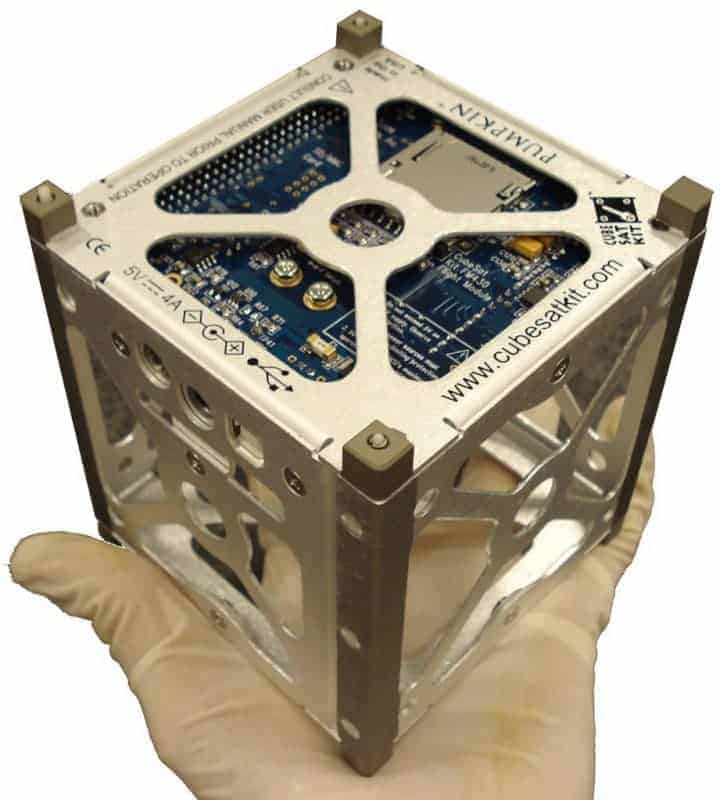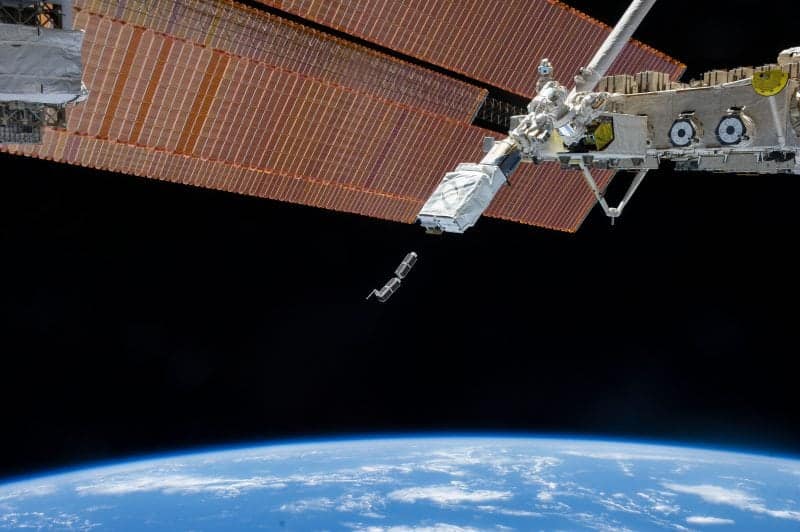Inuvik youth will have the chance to take part in an extra-terrestrial project in September.

Photo courtesy of the Canadian Space Agency
Aurora Research Institute (ARI) and Aurora College were chosen to participate in the Canadian Space Agency's (CSA) Canadian CubeSat project, and will receive $250,000.
ARI and Aurora College are joining 15 other Canadian post-secondary institutions in designing and building 15 nanosatellites that will be launched by the International Space Station to complete their respective missions.
According to Patrick Gall, special project support at ARI, Inuvik's CubeSat outreach mission will be three-fold and created by local youth.
First, it will have a platform for art – Northern Images.
It will also have a platform to share Northern stories about space and the sky in Indigenous languages – Northern Voices.
Finally, it will have a platform for a interactive game for amateur radio operators around the world to participate in – Northern Games.
"The goal is to give any youth who have an interest in participating an opportunity to participate," he said. "They're in the best position to tell Northern stories and create Northern games."

Photo courtesy of the Canadian Space Agency
ARI and Aurora College will also be working closely with the University of Alberta and Yukon College to build and develop the 10-centimetre-cubed satellite.
He said it is important to have youth involved with the project in order to build on the CSA's goal to increase youth engagement.
"It's to develop the new generation of space explorers and space engineers and astronauts," he said. "It's about getting people interested in what careers are available through STEM education. It's a great opportunity that not everyone has access to all the time, so being part of a project like this is a great stepping stone into a career in engineering, math, all of those fields that are sometimes quite abstract."
He said there may be chances to work with this kind of satellite locally on a larger scale in the future, so it is a good opportunity for youth to get experience now.
"With the satellite station here, there's a big drive to move towards developing an information sector in Inuvik based around satellite communication and the ground station," he said.